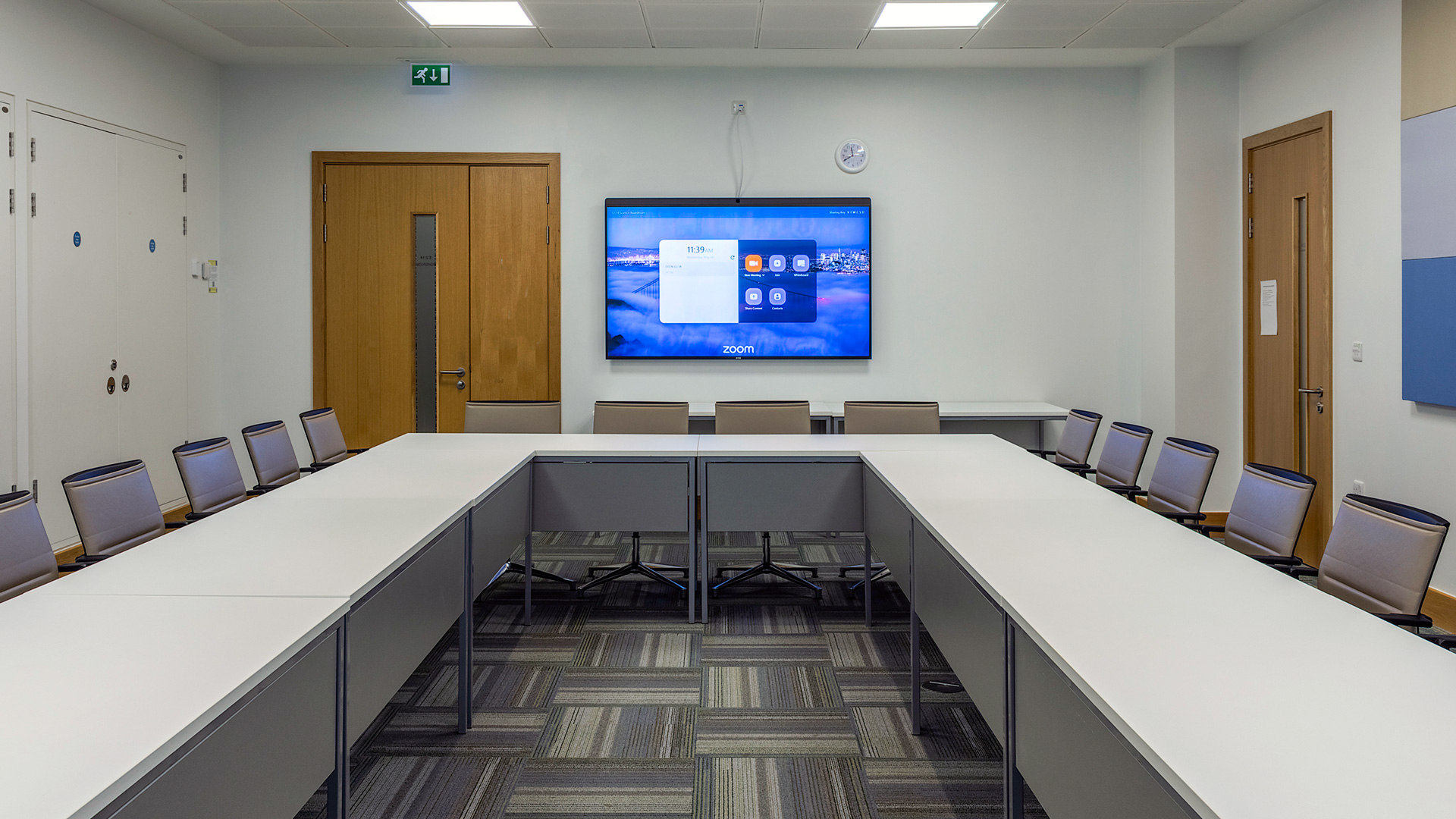It’s Time to Talk About All the Other Places Hybrid Collaboration Happens
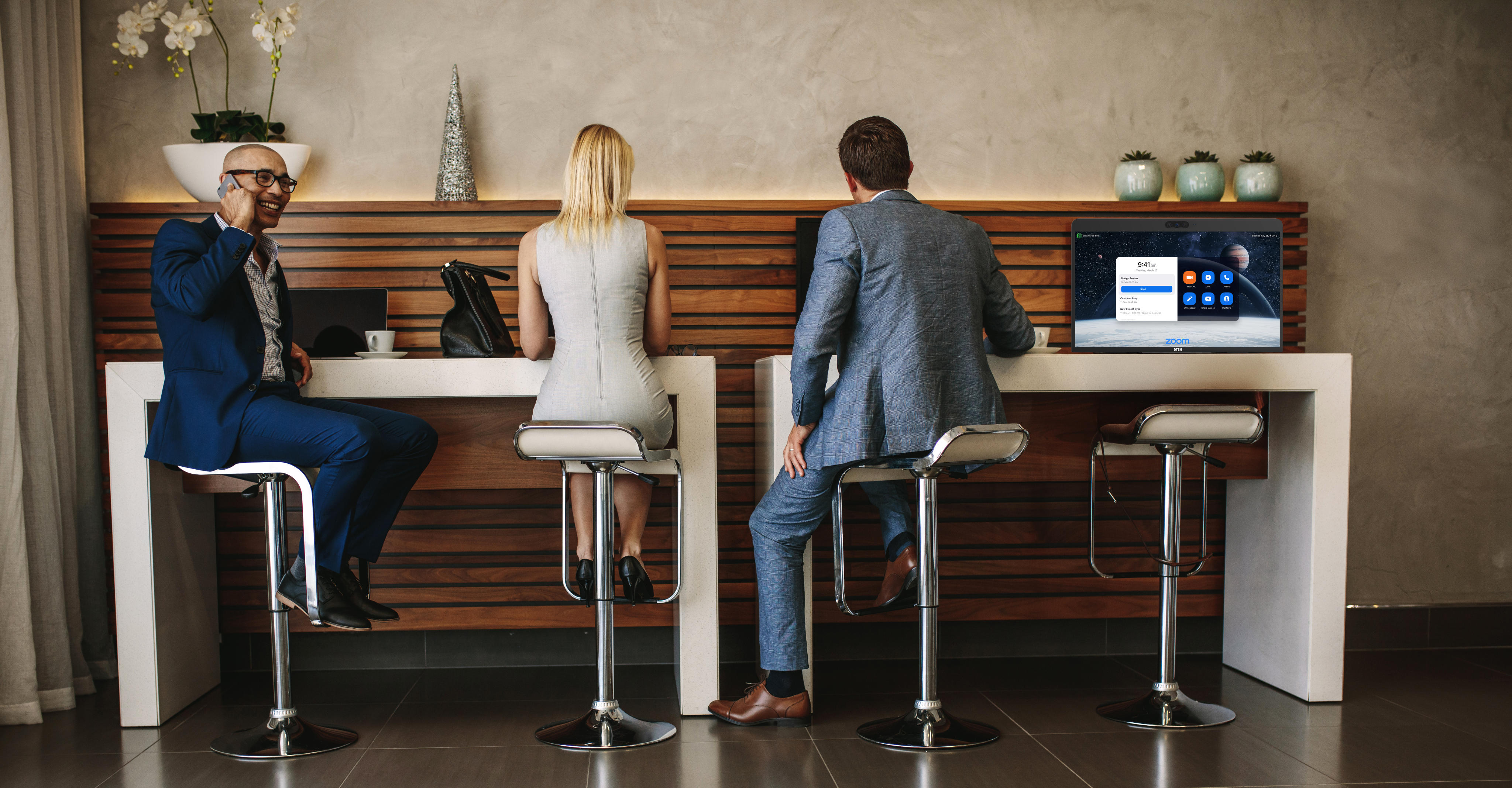
For years, when we talked about hybrid collaboration, the focus has been squarely on the meeting room. It makes sense—conference rooms are a natural hub for scheduled meetings, team check-ins, and executive presentations. But as the hybrid workplace has evolved so has what is considered “collaboration.” Any time you have a conversation and an exchange of ideas geared towards achieving a shared goal, you’ve got collaboration. And that can happen anywhere: in open offices, break areas, hospital wings, libraries, reception desks, classrooms, retail floors, patient rooms, study hubs, phone booths, hotel lobbies…the list goes on and on.
It’s time we rethink where collaboration happens—and more importantly, how we equip those spaces to support it.
DTEN’s intuitive, all-in-one video collaboration devices are purpose-built for more than just boardrooms. They turn virtually any space into a high-quality hybrid environment where collaboration of any kind can happen. Here’s what that looks like in practice:
Healthcare
- Patient Rooms can become virtual consult rooms, enabling patients to meet with remote specialists or check in with family members.
- Nurses Stations equipped with video collaboration tools allow medical teams to instantly connect with doctors or administrators, speeding up decision-making.
- Telehealth Booths provide a private, reliable space for patients to speak with remote providers—no waiting room required.
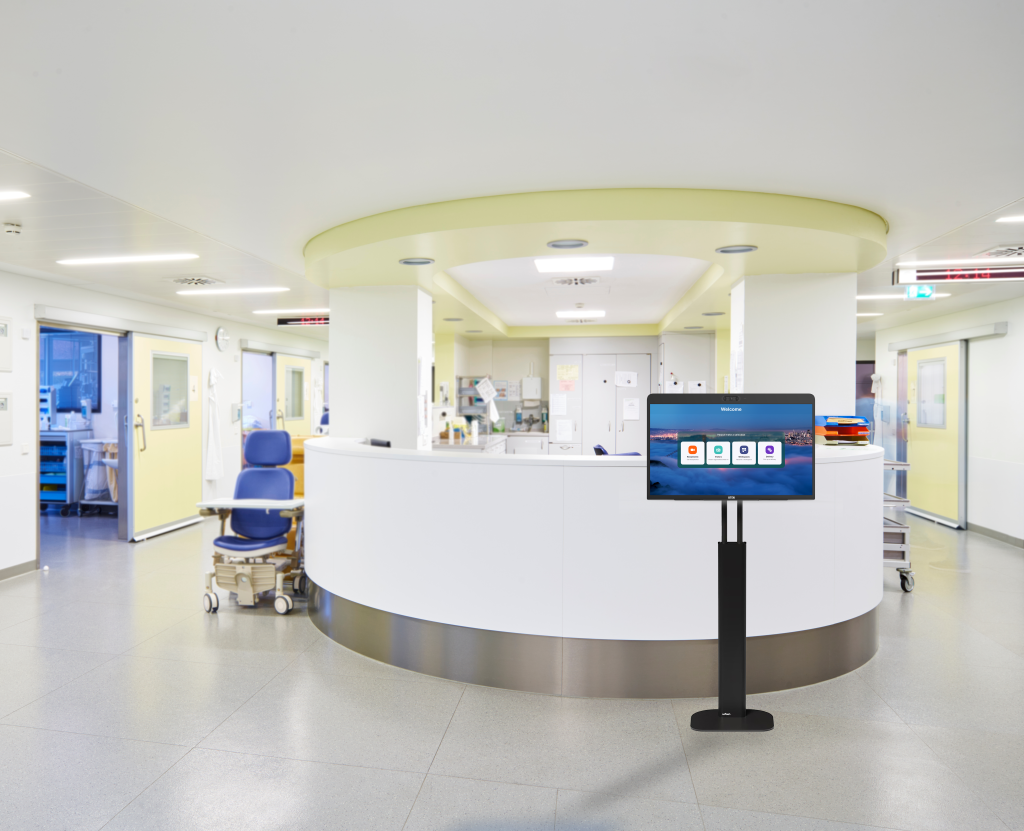
Education
- Classrooms are no longer confined by walls. With the right technology, they support hybrid teaching, remote guest speakers, and collaborative group projects.
- Study Hubs and Libraries become vibrant centers for teamwork and remote tutoring.
- Administrative Offices can seamlessly connect with satellite campuses, vendors, or external partners.
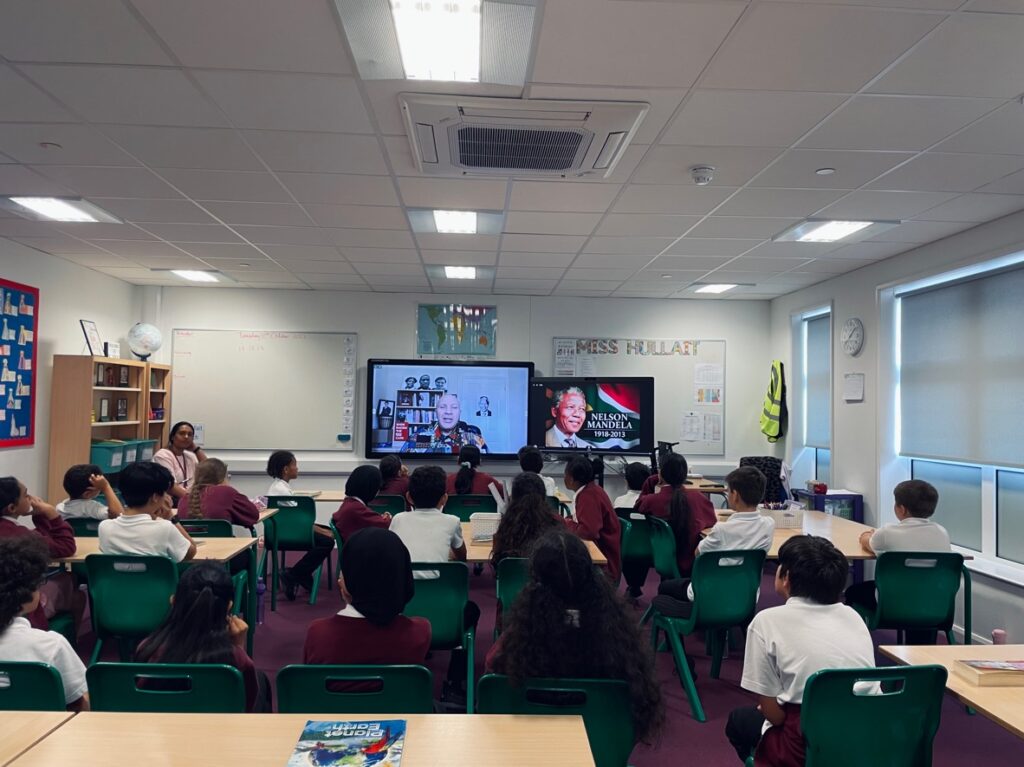
Corporate Offices
- Hotdesking Areas with plug-and-play devices let hybrid workers reserve a space and BYOD to have full meetings without missing a beat.
- Reception Areas transform into virtual front desks or concierge stations, greeting guests and routing inquiries.
- Phone Booths, Huddle Rooms, and Focus Rooms offer quiet, camera-ready spaces for 1:1 meetings, interviews, or private conversations.
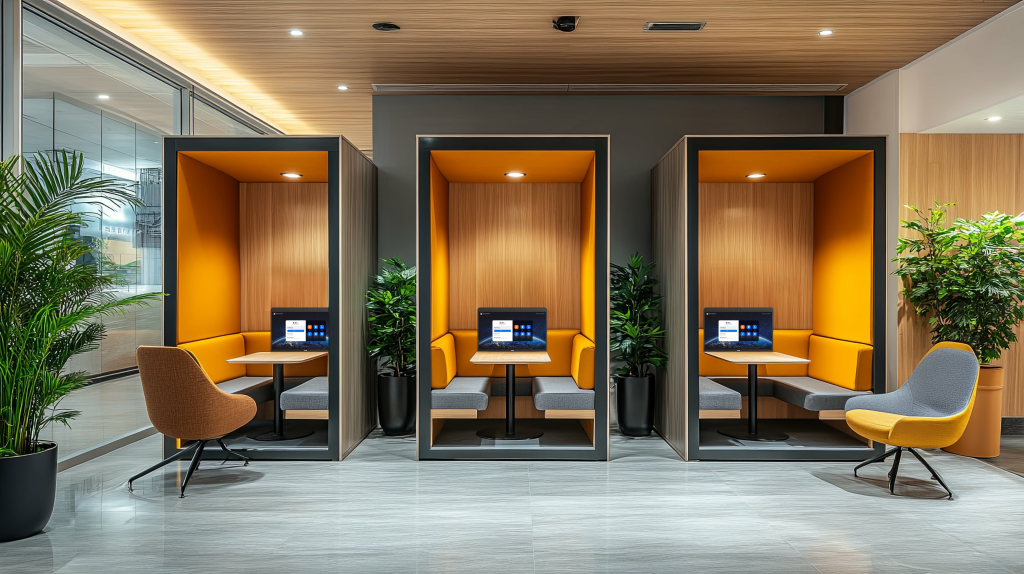
Retail & Customer Experience
- Showrooms can connect customers to remote stylists or sales associates for high-touch service—even when the expert isn’t on-site.
- Break Rooms and Back Offices serve as training hubs or digital huddle zones for staff updates and check-ins.
Manufacturing & Logistics
- Factory Floors outfitted with collaboration tech allow supervisors to consult with remote engineers or troubleshoot in real time.
- Command Centers benefit from seamless connectivity for real-time coordination across sites or countries.
Hospitality & Travel
- Hotel Lobbies become virtual concierge desks or hybrid check-in points.
- Conference Centers can support on-demand, high-quality hybrid meetings for visiting groups.
- Airport Lounges offer business travelers a quiet place to connect with their teams or clients on the go.
Public Sector & Government
- Municipal Buildings support remote services like town halls, permit inquiries, and legal aid.
- Emergency Operations Centers use real-time video collaboration to coordinate across agencies and geographies.
- Courts and Correctional Facilities utilize devices to overcome logistical barriers, distance, and security
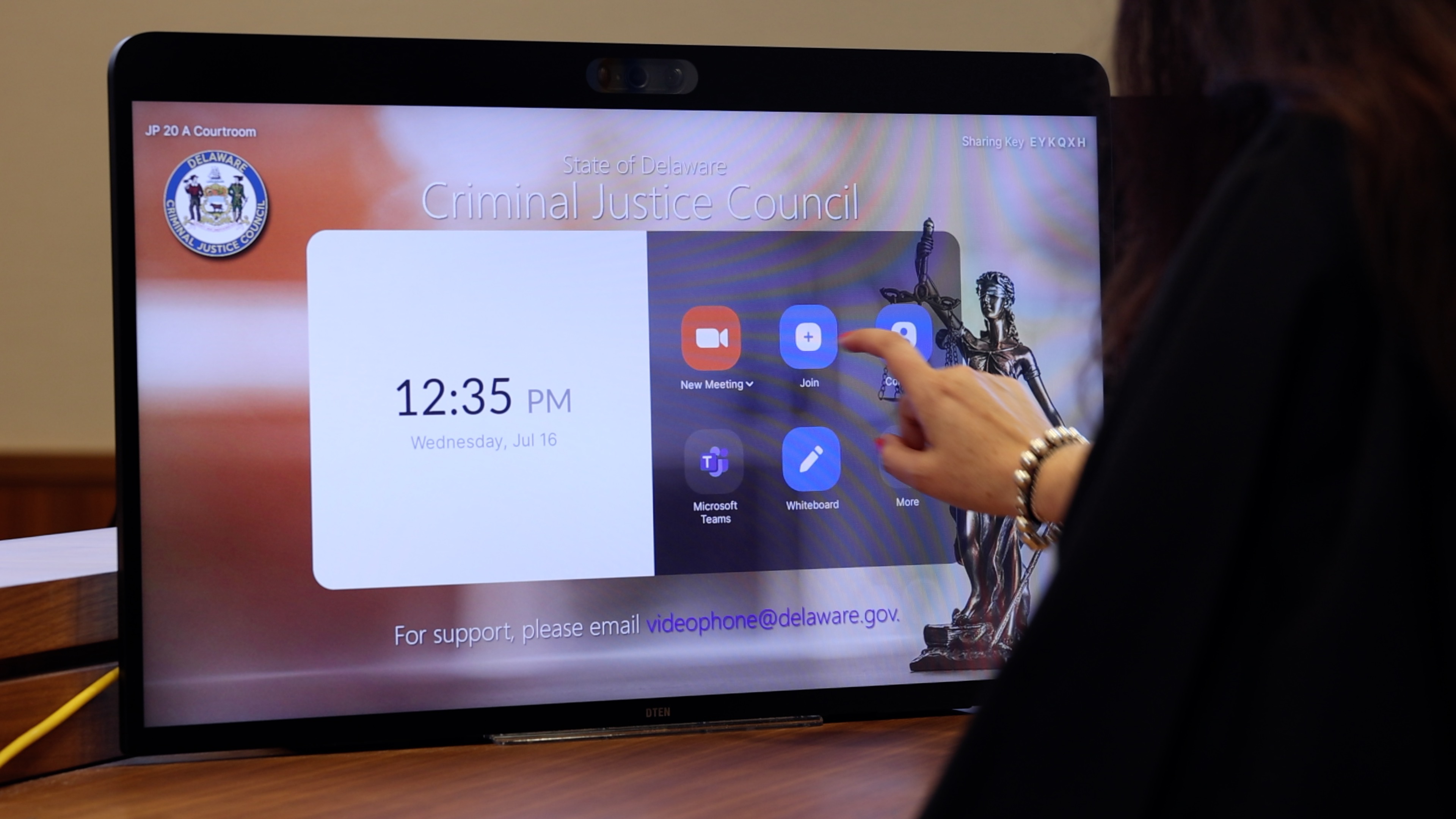
Legal & Financial Services
- Client Rooms can facilitate secure remote depositions, financial consultations, or legal meetings.
- Private Offices allow professionals to connect instantly with colleagues or clients across firms.
Creative Industries
- Studios and Editing Bays support real-time feedback and collaboration on creative projects.
- Casting Rooms become accessible from anywhere with remote auditions and callbacks.
In short, any space can be a collaboration space with the right technology. DTEN makes it possible—with devices that are intuitive, flexible, and ready to go right out of the box.
Why equip non-traditional spaces with collaboration tech?
- Boost agility and decision-making
Imagine a nurse being able to immediately consult with a specialist via a kiosk in a hospital corridor. Or a sales manager hopping into a huddle room equipped with a DTEN device for a quick global check-in. These aren’t full-scale meetings—but they’re critical touchpoints that can accelerate decisions and improve outcomes. - Support equity and inclusion
Not every team member is in the office every day. Providing collaboration tools throughout the workplace ensures everyone has the same ability to be seen, heard, and engaged—no matter where they sit or what role they play. This isn’t just convenient; it’s a key part of building an inclusive hybrid culture. - Enhance user experience and reduce friction
DTEN’s intuitive, all-in-one devices don’t require an IT degree to operate. Whether it’s an impromptu brainstorm or an important virtual client conversation, users can engage with ease—and without losing time troubleshooting setup. - Reimagine space utilization
Open floor plans, quiet zones, and even phone booths can become high-value collaboration points when they’re equipped with the right tools. With modular, flexible, AI-driven solutions, any corner of the workplace can transform into a powerful touchpoint for communication and connection. - Enhance the customer experience
Opportunities to offer customers a high-touch experience can be had at the “touch” of a button. Imagine a virtual Sommelier to help you choose between two bottles of wine, or a personal stylist to help you put the perfect outfit together based on the store you are in. These collaborations push the boundaries of traditional service, blending digital convenience with the warmth of personal attention, building loyalty and driving repeat engagement.
The approach to workplace technology needs must evolve to reflect where the work gets done. The modern office isn’t a single room—it’s an ecosystem of spaces where ideas spark, problems are solved, and relationships are built. It’s time to bring collaboration technology into every corner of that ecosystem.
Let’s stop thinking only about “meeting rooms,” and start talking about meeting people—wherever and however they work.





